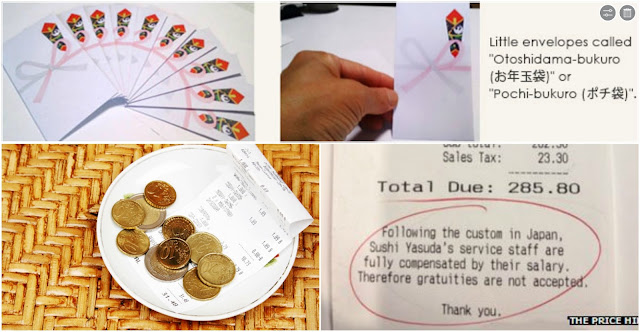“Chanoyu” – A Traditional Art
The origin of tea ceremony is from drinking green tea and Buddhist belief in China from fourth century to the eighth century, what is then transformed during different periods of time to become a traditional art of Japanese people. They hold different types of tea ceremony which depend on the time of day, season of the year or in some specific occasions. It could be a tea ceremony for early-morning summer, or to celebrate the first use of the portable brazier in the year. The styles of preparation for the tea ceremony is also vary based on season or the formality of events. Japanese Tea ceremony is not a drinking tea meeting or else, it is a spiritual experience that includes harmony, respect, purity and tranquility. Therefore, there are a lot of rules to prepare and take part in the ceremony.
An authentic example would be guests
have to wait at the waiting room until the host done the preparation. Then they
have to wash their hands and mouths from water in a stone basin to purify. They
have to get in the tea room or tea house through a small gate in order to force
them bow while they entry the room, the host will give back a silent bow. Then
they have a range of steps and rules to really enjoy the tea. Depend on
informal or formal they will serve guests with sweets and then tea or a full
three course meal with sake and then tea. To become master of the art of
Japanese tea ceremony, it takes years to learn and practice at tea schools.
People have to learn common hosting duties, how to enter and exit the tea room
probably, appropriate behavior when handling or drinking from the tea bowls.
For more information check out these links below:
- http://japanese-tea-ceremony.net/preparation/
- http://www.teavana.com/tea-info/japanese-tea-ceremony
- http://www.japan-guide.com/e/e2096.html



































